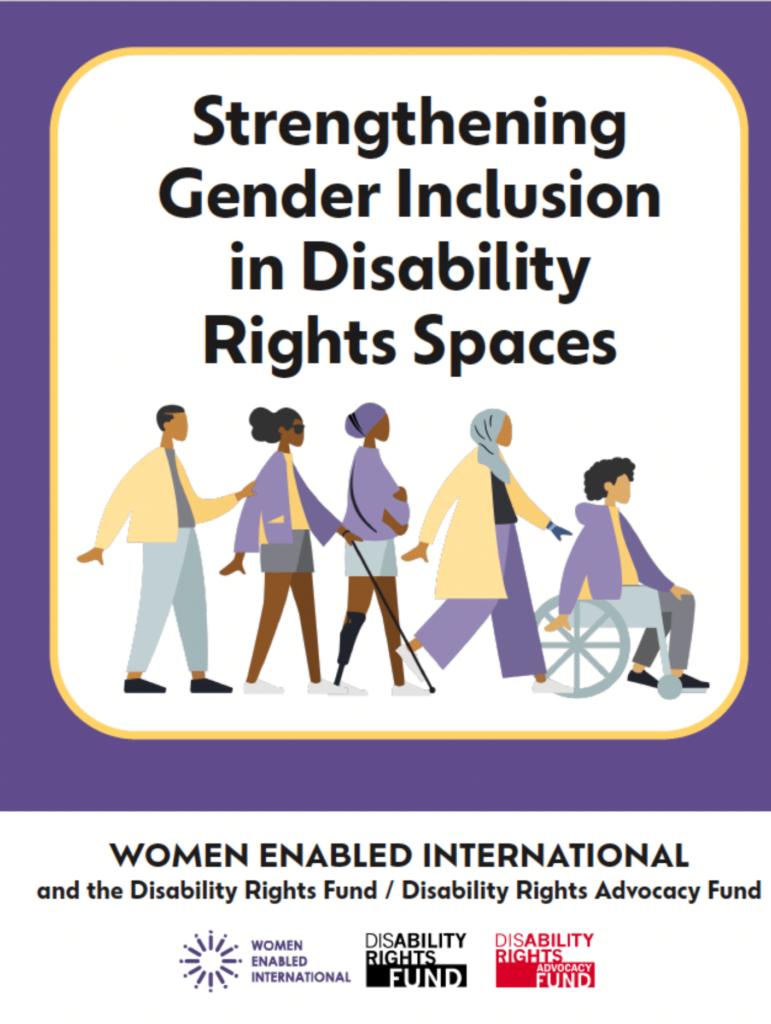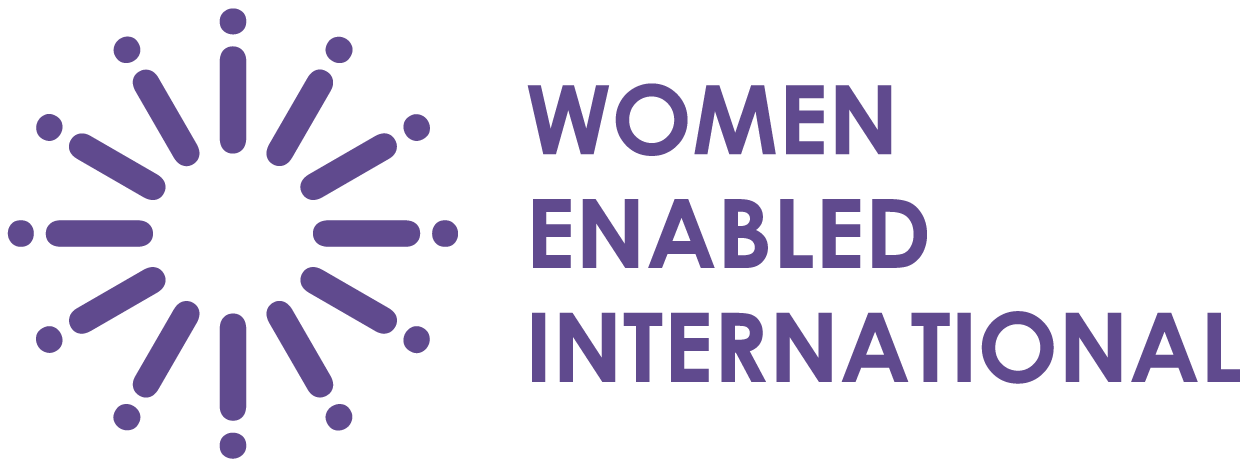
CoSP provided the perfect setting for WEI to launch our groundbreaking report on gender inclusion in mainstream disability rights spaces with our strategic partner, Disability Rights Fund (DRF)/ Disability Rights Advocacy Fund (DRAF).
The report details findings from WEI’s project to map primary barriers to gender inclusion, as identified by disability advocates from around the world, including Africa, Asia, the Pacific, and the Americas. Qualitative research was collected through virtual focus group discussions, individual interviews, and a written response from participants representing diverse demographics and disabilities.
Participants expressed numerous barriers to active participation in disability rights spaces, including:
- Educational barriers, which impact self-esteem and capacity to engage in disability advocacy, e.g. a participant from the Philippines noted that only a small percentage of women with disabilities in her country finish high school.
- Cultural and attitudinal barriers, as regional customs imply that women with disabilities shouldn’t speak in public. A participant from Kenya noted, “the leadership of the disability sector is generally male and because of patriarchy there are some topics that may be seen as not important.” Discrimination and social taboos prevent women and gender-diverse people with disabilities from speaking about the issues that impact them.
- Siloed funding, as separate gender and disability portfolios among grant-makers pose a significant challenge to doing work at the intersection of gender and disability.
Beyond identifying the barriers, discussions with participating disability advocates also pointed to good practices for gender inclusion on disability rights spaces.
For example:
- Centering voices and leadership of women, girls, and gender-diverse people with disabilities;
- Strengthening the capacity and leadership of women, girls, and gender-diverse people with disabilities;
- Strengthening the capacity of mainstream disability actors and funders to be gender inclusive; and
- Increasing access to and utilization of technology.
This report charts a path forward for better integration of feminist disabled leadership in the disability rights movement. It concludes with targeted recommendations to the media, the donor community, governments, international non-governmental organizations, and organizations of persons with disabilities of all sizes.
Thank you to DRF/DRAF and to all participants of the focus group discussions and interviews, whose insights, experiences, and expertise made this report possible.
Click here to read the full report.
